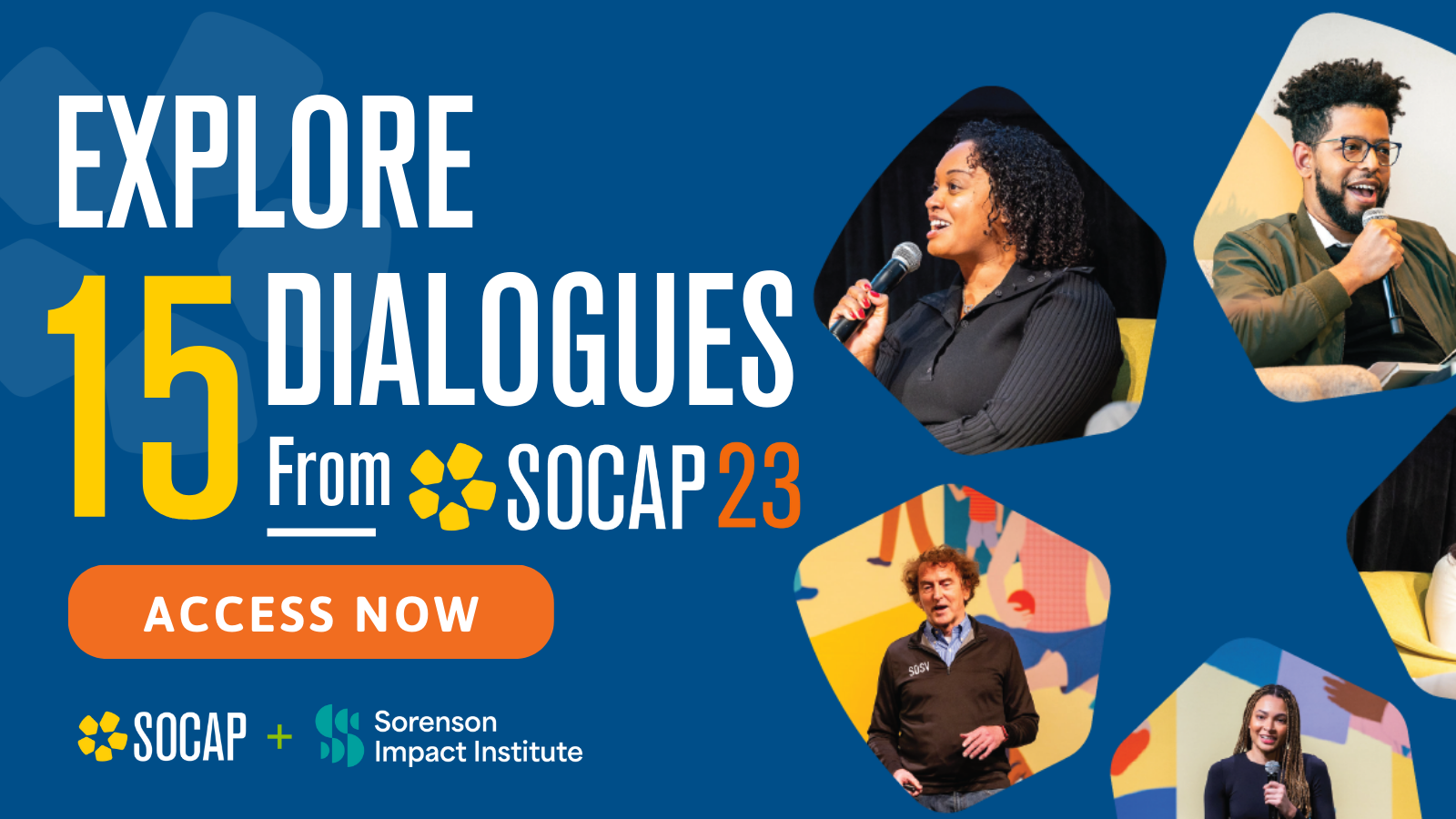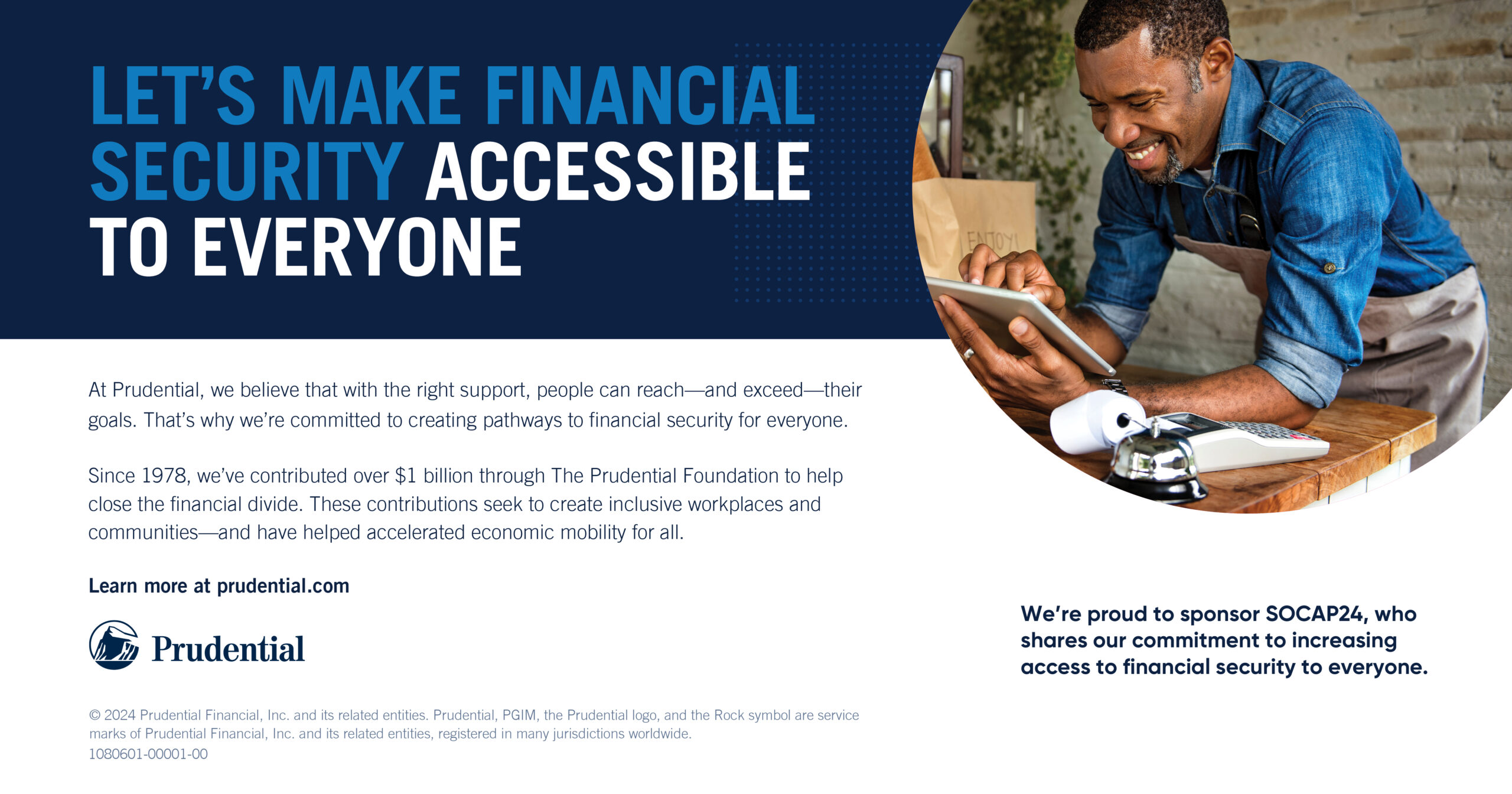“On my way in, yes, I’ll get to that right away.” Dawn holds her one-year old baby Jonathan on her hip, rocking him back and forth as she finishes the conference call and bends over to slip on her shoes before finishing buttoning her top. The nanny is sick, so she had to take her first meeting from home, but luckily her mom lives nearby and is able to come over to take care of Jonathan. Her partner works in finance and left earlier that morning to make sure he arrived at work before the market opened. Dawn’s mom arrives in the next couple of minutes, and Dawn gushes her appreciation before grabbing her coat and rushing out the door, texting her colleague that she’ll be a couple minutes late to their upcoming meeting.
Dawn’s story is both far from unique and one illustration of dual-career couples. Today, white-collar employees are more likely than ever to be part of a household where both partners work full time. And this story is only becoming more common — 78 percent of millennials in the US are in a “dual-career couple” compared to baby boomers at 47 percent. And although partners are becoming more egalitarian (Millennial men are more likely than men of previous generations to want to be at home and take on some domestic responsibilities so women can work), women in heterosexual dual-career couples still do most of the household/care work and are more willing to prioritize their partners’ careers over their own.
Women are estimated to do 1.6 times the amount of housework as men, and for married mothers this is 1.9 times that of married fathers. This trend doesn’t change if you rise through the workplace ranks: women in senior leadership positions who have male partners are five times more likely than their partners to do all or most of the household work.
On top of this, workplaces have been built on a breadwinner format that makes “having it all” a myth for the vast majority of women in particular. Furthermore, all individuals in dual-career couples may experience stress, conflict, and time constraints from managing both work and life/family responsibilities can be exacerbated by jobs that require travel, temporary relocation, or permanent relocation.
Is it any surprise then that women leave the workforce temporarily or permanently around childbearing age and that there are gaps in terms of women in management and leadership positions?
If business leaders are serious about solving this and creating inclusive workforces, an essential piece of the puzzle is understanding challenges employees in dual-career couples face and what to do about it. Employees in dual-career couples are not a homogenous group so it is key to understand challenges faced by employees in dual-career couples of different identities — including gender, sexual orientation, disability status, race, ethnicity, and socio-economic status. By successfully supporting employees in dual-career couples, companies can benefit from reduced absenteeism and enhanced productivity by reducing employees work-life conflict. They are also likely to be more attractive to potential candidates, further enhancing their ability to recruit top talent.
Currently most organizations don’t have the frameworks in place to successfully support dual-career couples — policies created by and with Boomers in mind often cater to the assumption that employees are typically male, from traditional families. Also, by adhering to longstanding ideas around successful career paths requiring geographic mobility, these practices fall short of meeting the needs of the majority, who need to consider the impact of relocation on their partner’s career. Even when the right policies, benefits and frameworks exist, internal culture may stymy progress if managers fail to normalize their use.
Much has been written about dual-career couples with guidance for companies, but this doesn’t always incorporate the extensive academic literature that has been conducted in the space and may perpetuate ineffective or band-aid “solutions.” To address the gap between research and action, Berkeley Haas’ Center for Equity, Gender, and Leadership (EGAL) developed Supporting Dual-Career Couples: An Equity Fluent Leadership Playbook that outlines and breaks down — including with concrete steps and indicators to track success — seven research-backed actions (or “plays”) that employers can take to support dual-career couples:
- Enable flexible work options
- Have paid parental leave and leave for caretaking
- Support access to affordable, quality childcare and eldercare
- Train managers on how and why to support DCCs
- Educate senior leaders about contemporary talent and how to attract / nurture it; conduct reverse or reciprocal mentoring
- Develop an Employee Resource Group and provide platforms for employees in DCCs to discuss challenges, as well as share tips and tools
- Reevaluate what a successful, ambitious career path looks like and develop flexible career development tracks
Dawn left her job a year after returning from maternity leave. Her employer tried to keep her, but with the work hours, childcare costs, her own parents starting to need care and other household responsibilities — on top of her partner making more — it just “made sense.” She is fortunate in that she could step back, as many dual-career couples rely on both incomes where one partner stepping back is not an option. Dawn’s is just one story and one illustration of what happens when dual-career couples aren’t supported. Supporting all dual-career couples — regardless of their gender, sexual orientation, age, race, ethnicity, socio-economic status, and ability status — is an issue that should be top of mind for business leaders today that value a diverse, inclusive workplace.
By understanding challenges dual-career couples in their organizations face and implementing these seven actions, business leaders can better attract, keep and grow talent. By doing so, leaders can adjust their organization to a modern workplace that best meets the needs of its diverse employees and communities.







